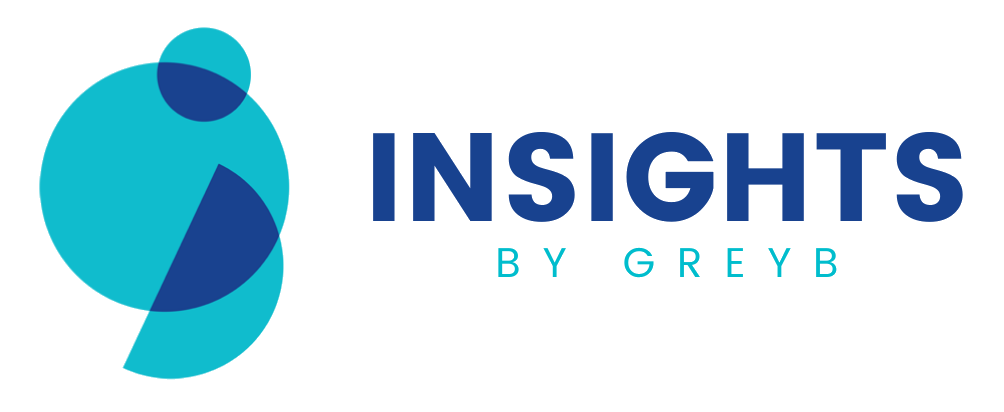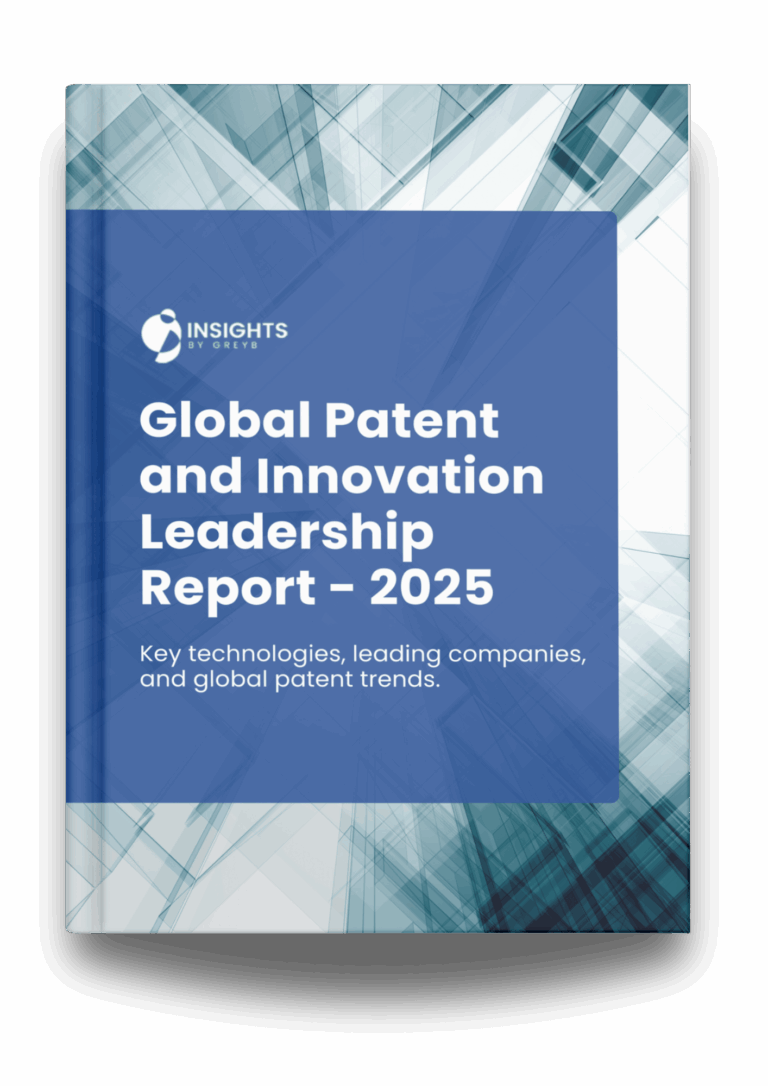Nokia has recently set a new standard in audio technology by demonstrating the world’s first live immersive voice and audio call using its Immersive Voice and Audio Services (IVAS) codec technology. This breakthrough technology offers high-fidelity, low-latency, three-dimensional sound, greatly enhancing the clarity and realism of voice and video calls. Designed to improve both personal and professional communication, the IVAS codec also supports applications in extended reality (XR) and the metaverse. Emphasizing its transformative potential, Nokia’s CEO Pekka Lundmark, recently highlighted its benefits for enterprise and industrial use. Integrated into Nokia’s latest 5G devices, this innovative codec technology is poised to revolutionize mobile communications and multimedia experiences.
How will Nokia’s Immersive Technology function?
Audio Capture: IVAS-equipped devices use multiple microphones to collect spatial audio data, capturing sound from various directions. This setup is crucial for creating a 3-D audio experience.
Signal Processing: Enhanced clarity and richness of sound through high-fidelity and wideband audio techniques.
Noise Reduction: Employs advanced algorithms to filter out background noise and unwanted sounds, ensuring clear primary audio.
Spatial Audio Encoding: Encodes spatial characteristics of sound to recreate a lifelike sound environment, providing an immersive experience for the listener.
Low Latency Transmission: Compresses and transmits audio data with minimal delay, crucial for real-time applications, such as voice calls, video conferencing and virtual reality.
Integration with 5G Networks: Leverages high-speed, low-latency 5G networks ensuring immersive audio experience even during fast data transfer and real-time communication.
Playback: Decodes audio data and renders spatial audio techniques to create a 3D audio field representing captured sound environment, providing an immersive listening experience.
Extended Reality (XR) Support: Enhances VR and AR environments with realistic spatial audio, improving user immersion and interaction.
Key Patents behind Nokia’s Immersive Technology
We’ve analyzed key patents related to Nokia Immersive Voice and Audio Services (IVAS) technology. Read the summary below to uncover the ingenious innovations behind this cutting-edge technology!
The patent, GB2610845A, discloses an apparatus for creating virtual audio by processing voice signals. It receives spatial audio signals and communication signals with position data and determines the best way to render the audio and find the right spot to insert the communication signal. It then generates the audio output adjusting for delays and formats as necessary. The figure below shows a suitable environment with a combination of virtual scene elements within a physical listening space.

The patent, GB2598751A, describes a system using camera image data and Field of View (FoV) information for encoding spatial audio. It adjusts the audio direction for matching the visual source and on devices with different FoVs. The system changes the spacing of audio points on the basis of viewing angles, making the center points in the playback device’s FoV farther apart. The image below showcases the Field of View (FoV) difference between a playback device and capture device.
The patent, GB2593672A, describes an IVAS encoder which analyzes audio streams to find tracks or objects which can be grouped. The active groups are processed and sent, letting users control the different audio elements independently. The figure below shows the encoder-decoder configuration for a server based teleconferencing system.

The patent, US20230085918A1, discloses the apparatus and methods for immersive audio encoding and decoding which allow efficient embedding and extraction of spatial audio in multi-channel streams. The system receives two audio streams, checks for spatial audio, processes the non-spatial stream if spatial audio is present, and combines them for playback. This lets spatial audio be embedded and extracted as objects in a multi-channel stream for efficient transmission. The image below displays the sample conferencing system.

The patent, GB2580899A, discloses a system which creates encoded mono or multichannel audio signals, including a mono signal and metadata to generate multichannel audio. The mono signal can be bit-perfect, and the multichannel signal can be stereo. This allows voice conferencing between different devices, ensuring compatibility. The image below demonstrates the voice conference systems.

In conclusion, Nokia’s Immersive Voice and Audio Services (IVAS) technology is revolutionizing the world of audio communication with its high-fidelity, low-latency and three-dimensional sound capabilities. While competitors like Apple, Google and Samsung are also developing advanced audio technologies, Nokia’s IVAS stands out in its seamless integration with 5G networks and robust spatial audio features. This technology not only enhances voice and video calls but also supports immersive applications in extended reality (XR) and the metaverse. By pushing the boundaries of audio innovation, Nokia is poised to lead the future of communication and multimedia, making immersive audio a standard feature in our digital lives.
Need to know anything else? We got you covered!



